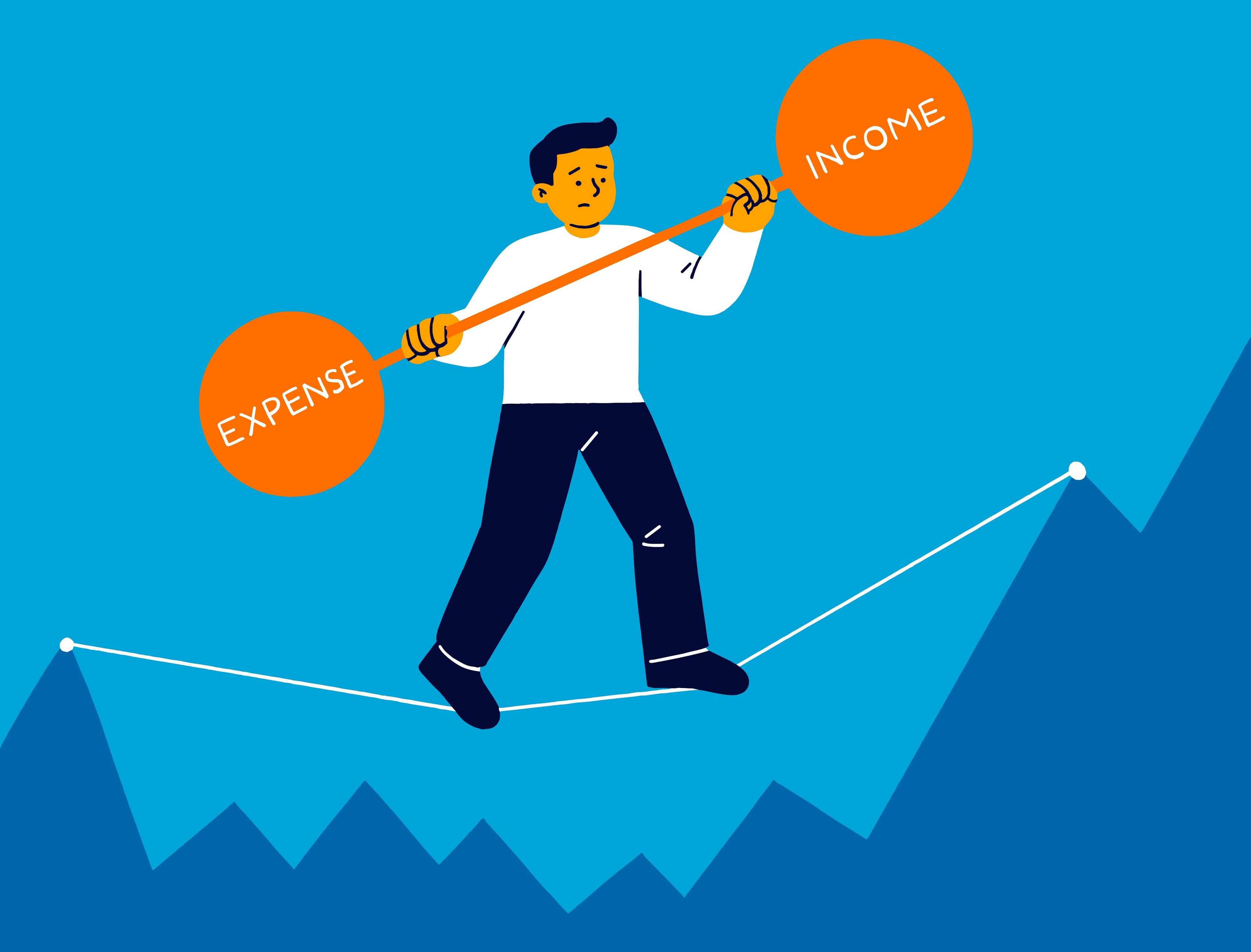Starting a 401(k) in your forties or fifties can feel like turning up late to a party where everyone else has already built years of momentum. You may glance at colleagues who have been contributing since their twenties and feel as if you are playing a game you can never win. It is tempting to think that if you did not start early, there is little point starting now. Yet the real story is more hopeful. A late start does not remove your chance of building meaningful retirement savings, but it does shrink the margin for error. When you begin your 401(k) later in life, the key is not perfection. The key is avoiding a few important mistakes that can quietly limit what is still possible.
A 401(k) remains one of the most powerful tools you have for retirement, even if you are getting a late start. It is essentially a tax advantaged container tied to your employment. Contributions can reduce your taxable income, potential employer matching can boost what you put in, and the investments inside the account can grow without annual tax drag. For someone starting late, these features work on a compressed timeline. You do not have thirty or forty years to recover from poor choices. The decisions you make in the first few years can shape the rest of your retirement path, for better or worse.
One of the quiet but costly mistakes many late starters make is hiding in cash like options inside the plan. Understandably, if you feel behind, the idea of losing money to market swings is frightening. Some people respond by steering contributions into stable value funds or money market options that promise very low volatility. The problem is that these options also offer limited growth. If you are beginning in your mid forties or fifties, you may still have twenty years or more before you fully retire, especially if you expect to work part time at some stage. Keeping most of your retirement money in near cash for that entire period almost guarantees that your savings will not grow enough to support the lifestyle you want.
At the other extreme, some people try to compensate for lost time by going all in on aggressive, high volatility funds. They might pick narrow sector funds, small cap funds, or highly concentrated stock funds in the hope of catching up quickly. On paper, this may seem logical. Higher risk can mean higher return. In practice, if you are not comfortable with big swings, you may find yourself unable to sit through market downturns. Selling after a sharp drop locks in losses and can leave you worse off than if you had chosen a more balanced approach from the beginning. For most late starters, a sensible middle ground makes more sense. That usually means a significant allocation to diversified stock funds for growth, combined with some bond or balanced funds to provide stability so that you can stay invested through market cycles.
Another major error is underusing the employer match or delaying enrollment. If your employer offers to match part of your contributions, that money is part of your compensation. Not contributing at least enough to get the full match is similar to turning down a pay increase that is reserved for your future self. For someone who already feels behind, this is especially damaging because each year of missed matching cannot be recovered later. Some workers opt out during stressful financial periods and tell themselves they will join next year when things calm down. Life tends to produce one more expense and one more reason to postpone. A more productive mindset is to see the minimum match contribution as a fixed cost of working, like a mandatory tax. You can then adjust other spending around it rather than sacrificing it whenever cash feels tight.
Many people starting late also forget that contribution rules become more generous as you age. In many systems, workers over a certain age can make higher contributions through catch up provisions. Yet it is common to see a forty five or fifty year old still contributing the same comfortable percentage they picked in their thirties, even though their income has risen and the limits allow more. If jumping straight to the maximum feels impossible, you can treat higher savings as a gradual project. One practical method is to increase your contribution rate by a small amount each year, for example one percentage point, until you reach a level that is ambitious yet sustainable. This approach harnesses time and habit without putting your current budget under sudden extreme pressure.
Job changes create another hazard. Over a career, you might work for several employers, each with its own 401(k). Many people leave old accounts where they are and never look at them again. Over time, this can leave you with a trail of scattered balances in different plans, each with its own fee structure and investment menu. When your retirement money is fragmented in this way, it becomes harder to understand your overall asset mix or to check whether you are paying more than you need to in fees. While there is no single right answer for everyone, it is worth making a deliberate choice whenever you change jobs. Consolidating several old accounts into a current employer plan or into an individual retirement account can give you clearer visibility and in some cases lower costs. Before moving money, you should always check whether you would lose any particular protections or features, but ignoring the question entirely is rarely in your favor.
Borrowing from a 401(k) also deserves caution, especially if you are starting late. A 401(k) loan may sound harmless because you are borrowing from yourself and paying yourself back. The trade off is that the borrowed amount steps out of the market while the loan is outstanding. You lose the chance for that portion of your savings to grow. If you leave your job before the loan is repaid, the outstanding amount might be treated as a taxable distribution and possibly attract penalties, depending on your age and the rules where you live. For someone trying to catch up, that lost growth and tax drag can set you back by several years. Ideally, short term emergencies and big purchases should be covered by a separate emergency fund or other forms of credit. Your 401(k) works best when it can focus solely on your later life.
Tax planning is another area that late starters often overlook. Many 401(k) plans now offer both traditional and Roth options. Traditional contributions usually reduce taxable income today but create taxable withdrawals later. Roth contributions are made with after tax money but can provide tax free withdrawals in retirement if rules are met. The mistake is not in choosing one or the other, but in doing so without giving thought to your broader picture. If you are currently in a high tax bracket and expect a lower income in retirement, traditional contributions may leave you better off. If your current tax rate is moderate and you value flexibility later, Roth contributions can be attractive. Future income sources such as rental property, side business income, or overseas pensions also matter, as they affect what your retirement tax bracket might look like. Many people benefit from a mix of both types of tax treatment across different accounts, which lets them adjust how much tax they pay when drawing down in retirement.
A further mistake is to either ignore high interest debt or, at the other extreme, to halt all retirement saving until every debt is fully cleared. Credit card balances and other high cost loans can grow faster than your investments, and leaving them untouched can undermine the value of your 401(k) contributions. Yet if you wait to begin saving for retirement until you are completely debt free, you might sacrifice years of potential compounding and lose employer match contributions that will never return. Instead of treating this as an all or nothing decision, it often makes sense to do both. You might commit to contributing at least enough to capture the full match while also directing extra money toward the highest interest debts. This way you gradually improve your balance sheet without leaving your future self unsupported.
Late starters also tend to accept the default investment menu inside the 401(k) without checking fees. Not all employer plans are equal. Some older plans still lean heavily on actively managed funds with relatively high expense ratios. Over a decade or two, high fees can quietly reduce your final balance, even if your contributions are disciplined. Checking the cost of the funds you choose and favoring diversified, low cost options where available can make a meaningful difference. In many plans, simple broad index funds or age based target date funds provide a reasonable mix of growth and stability at a comparatively low cost, which is valuable when time is limited.
Another often unseen risk is failing to coordinate the 401(k) with your other assets and goals. A 401(k) should be part of a broader retirement strategy that might include government pension benefits, individual retirement accounts, investment portfolios, and possibly property. Some people pour everything into the 401(k) and then find they have too little accessible money for medium term needs such as helping children with education costs or funding a midlife career change. Others assume property alone will fund their retirement and underuse the 401(k), leaving them asset rich but cash flow constrained later. Taking time to map your different financial buckets by timeframe and purpose helps prevent you from overfilling one at the expense of another.
There is also a psychological pattern that affects many people who start late. They treat their 401(k) like a short term project rather than a long term system. There may be a burst of enthusiasm and high contributions for a couple of years, followed by a quiet reduction or pause when life gets complicated. Effective retirement saving rarely looks like a sprint. It is more like a steady hike. A contribution rate that you can maintain through most of life’s ups and downs is more powerful than a brief period of extreme saving that you cannot sustain. If you build in small, automatic increases over time, you can improve your savings rate in a way that feels manageable rather than punishing.
Finally, a mistake that does not receive enough attention is trying to figure everything out alone. Retirement rules, tax codes, and employer plan structures are complex and change over time. Some people feel too embarrassed by their late start to seek guidance. Others assume that professional advice is only for the very wealthy. In reality, this is often the stage where a clear conversation with a financial planner, or at least a detailed review using your plan’s educational tools, can make the most difference. Someone who understands the system can help you prioritize the steps that matter most, whether that means increasing your contribution rate, shifting your investments, restructuring debt, or adjusting your target retirement age.
Starting your 401(k) later than you would have liked does not disqualify you from building a more secure future. What it does require is intention. You need to understand how the account works, capture the full value of any employer contributions, choose investments you can stay committed to, and protect your progress by avoiding unnecessary loans and fragmentation. You also need to look beyond the account itself, so that your 401(k), other savings, and debts are all working toward a coherent plan. You cannot rewind the years when you were not contributing, but you can make the years ahead count more. With fewer mistakes and more deliberate choices, a late start can still lead to a retirement that gives you options rather than limitations.














